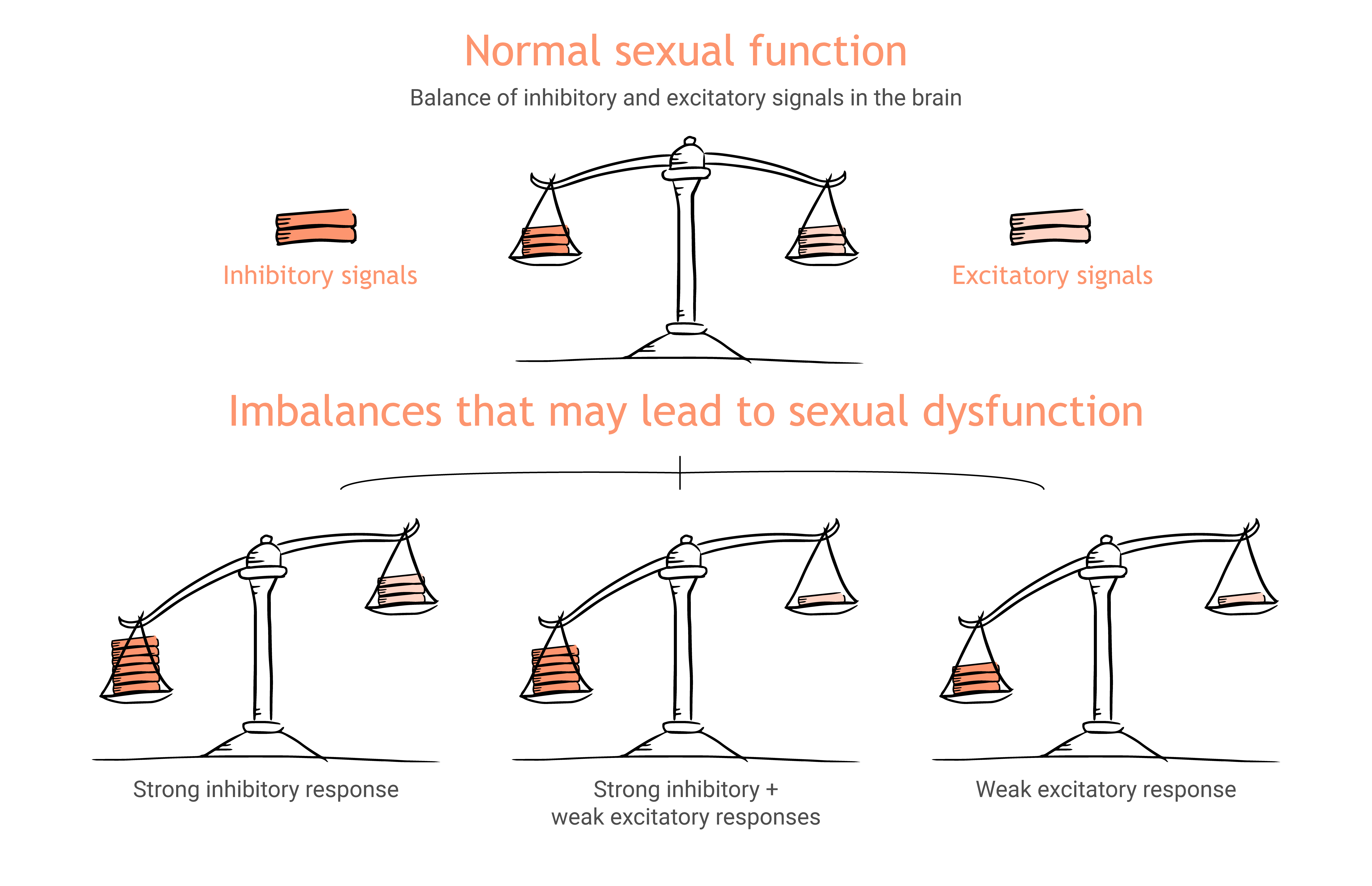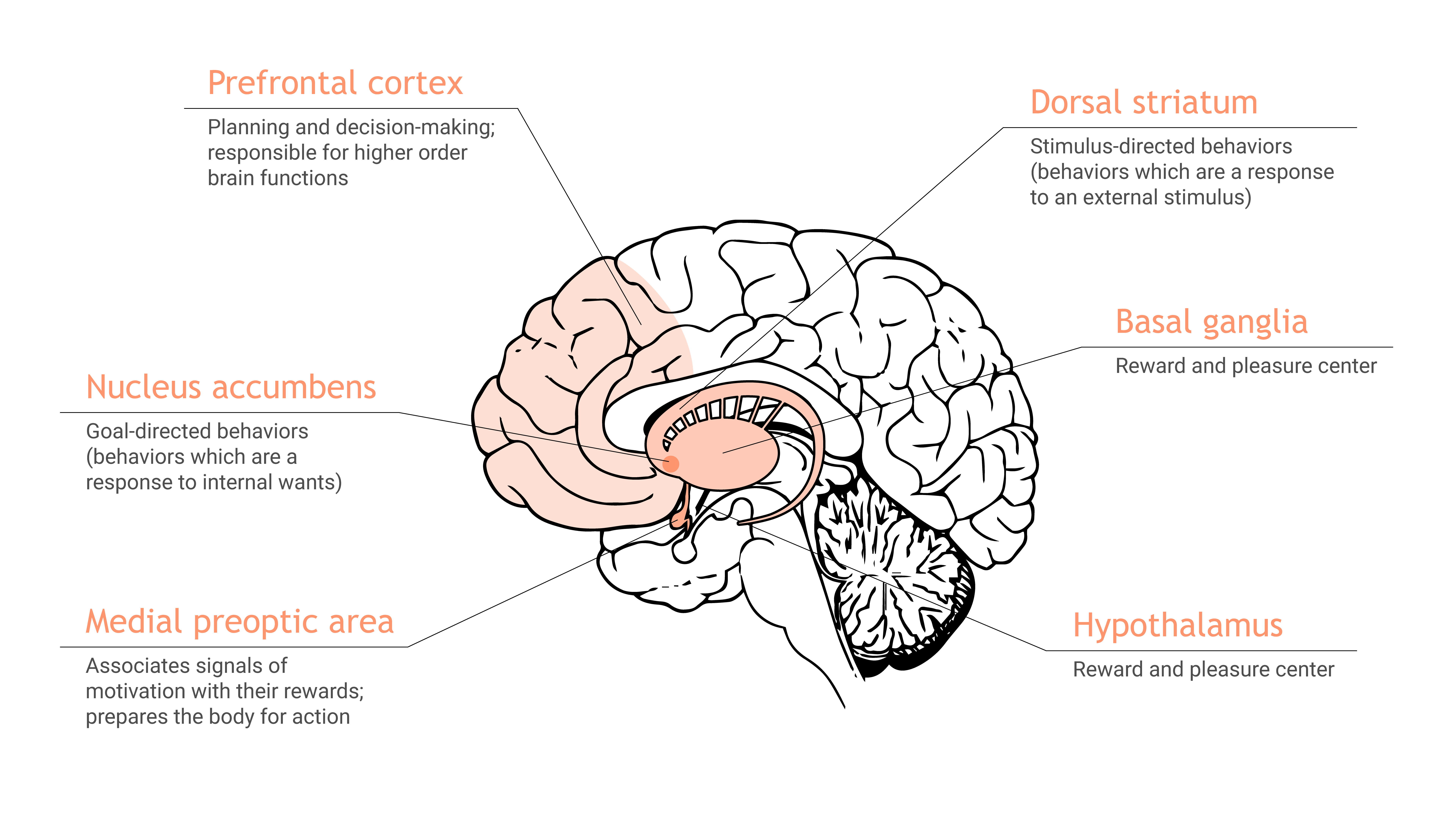Find out more about low sexual desire and arousal in women
We have summarized scientific studies as well as relevant news on low desire and low arousal in women to provide you with more information about other women’s experiences, what may cause these problems, and both existing and promising treatments.
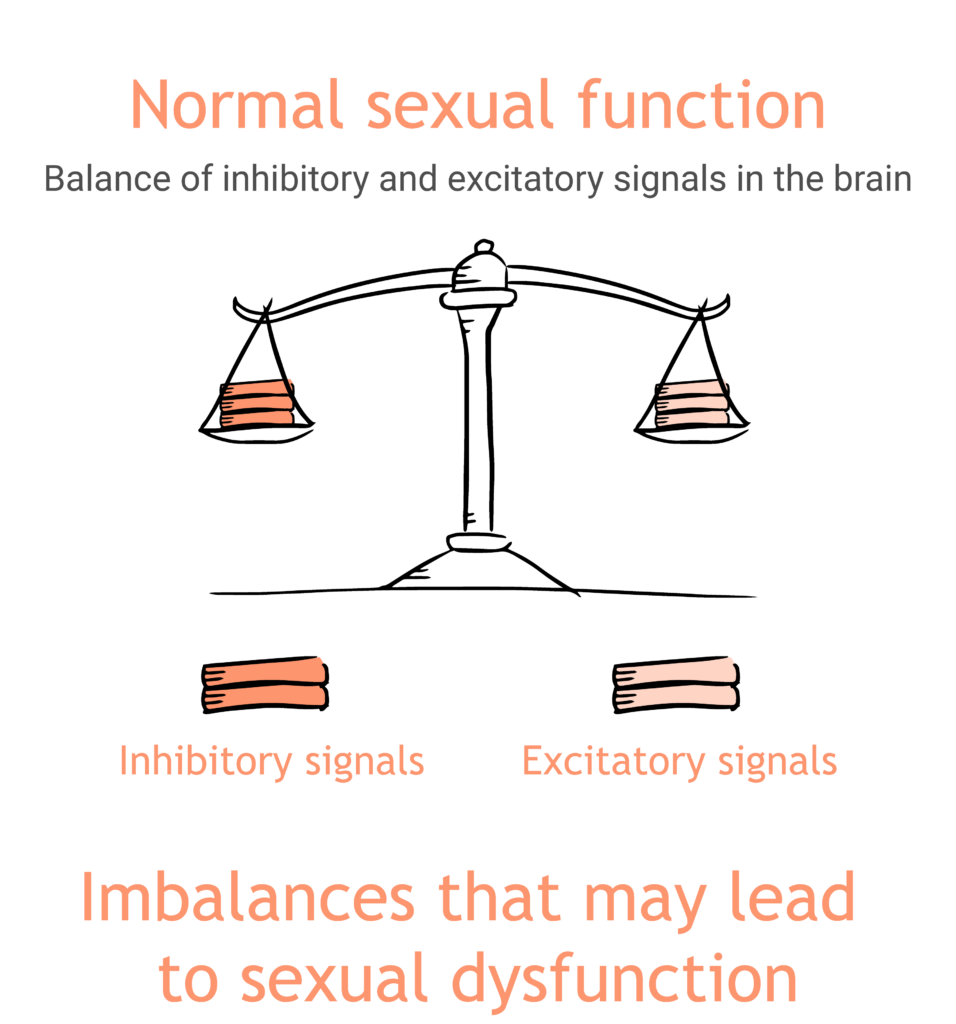
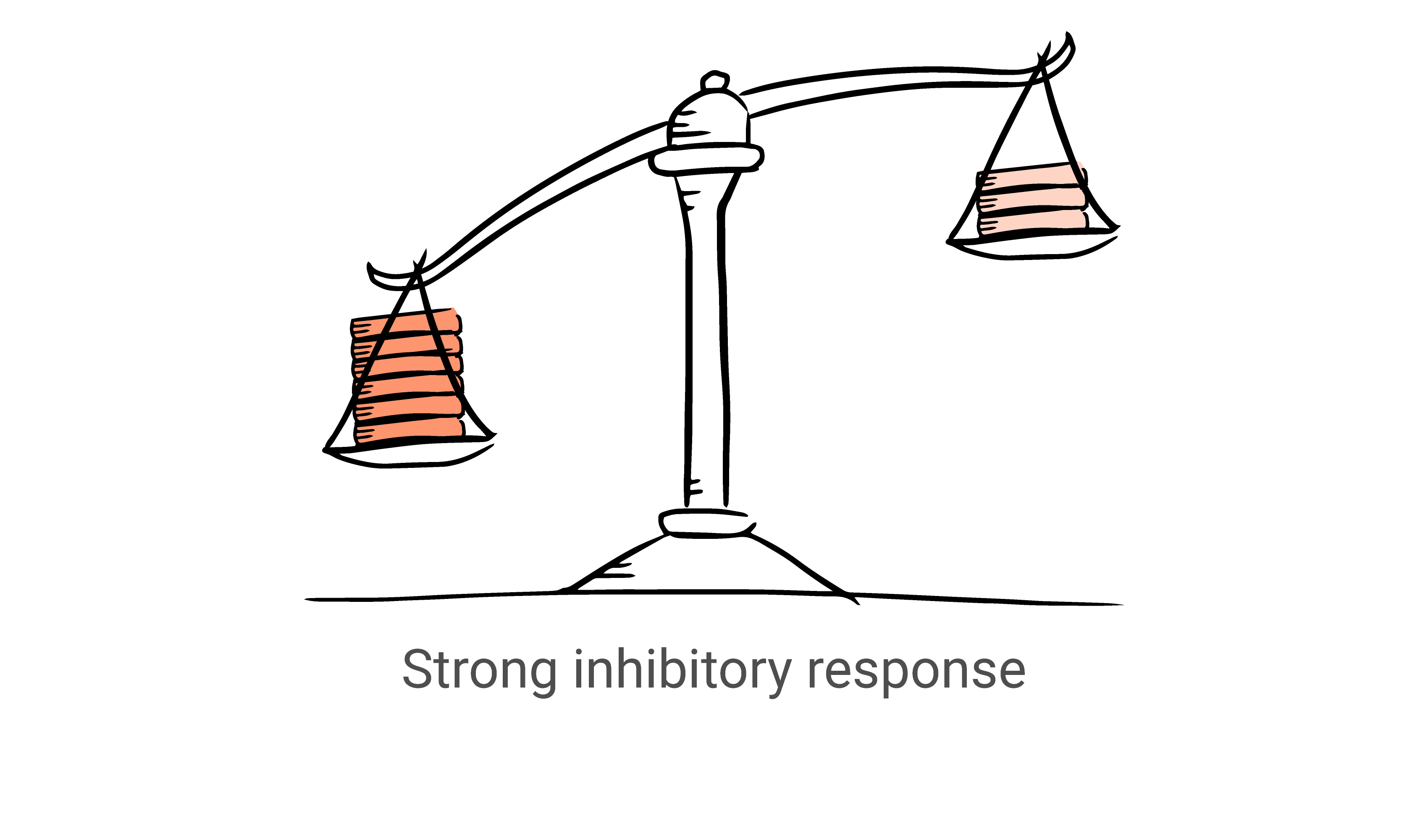
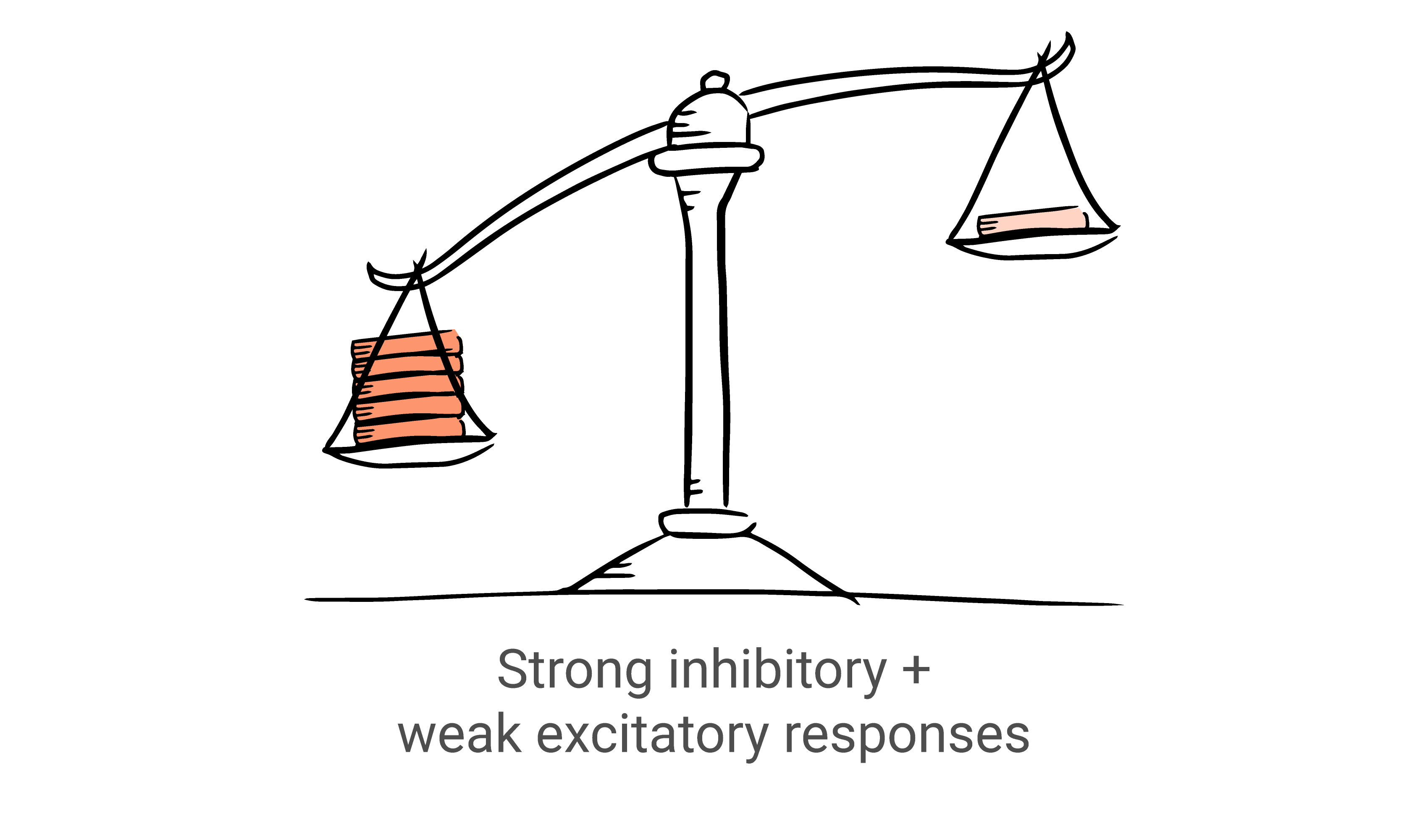
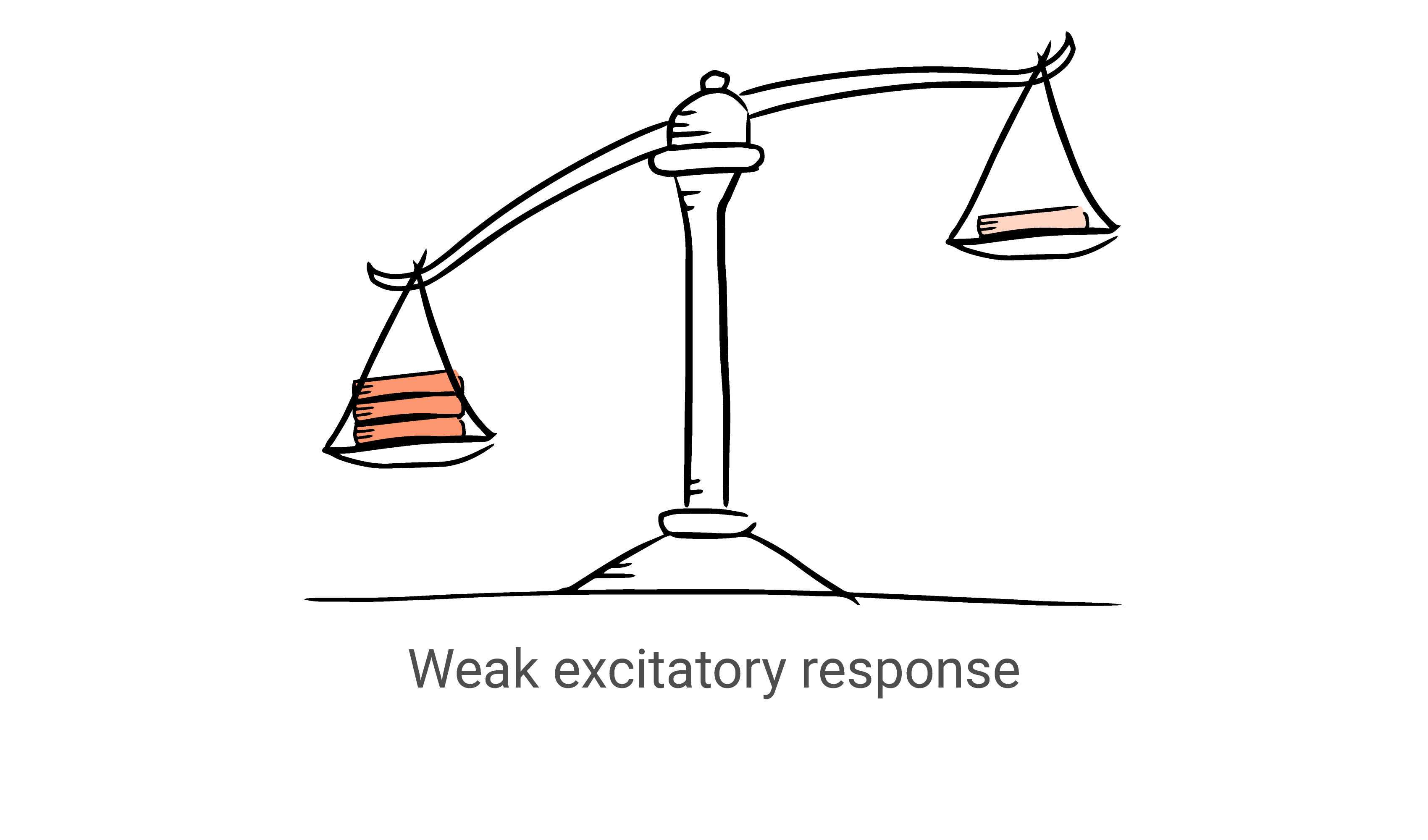
Sexual dysfunction - the brain and the body
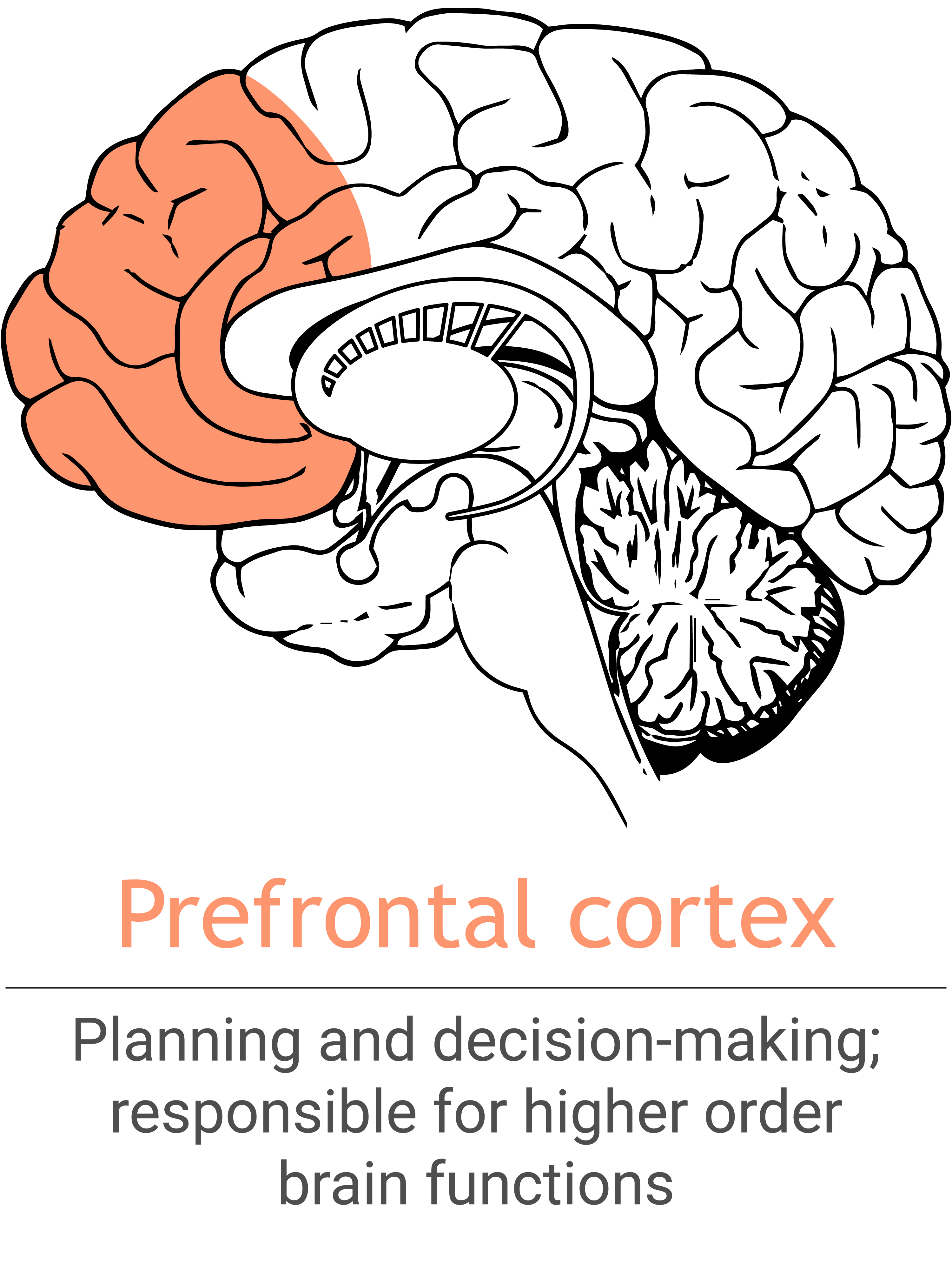
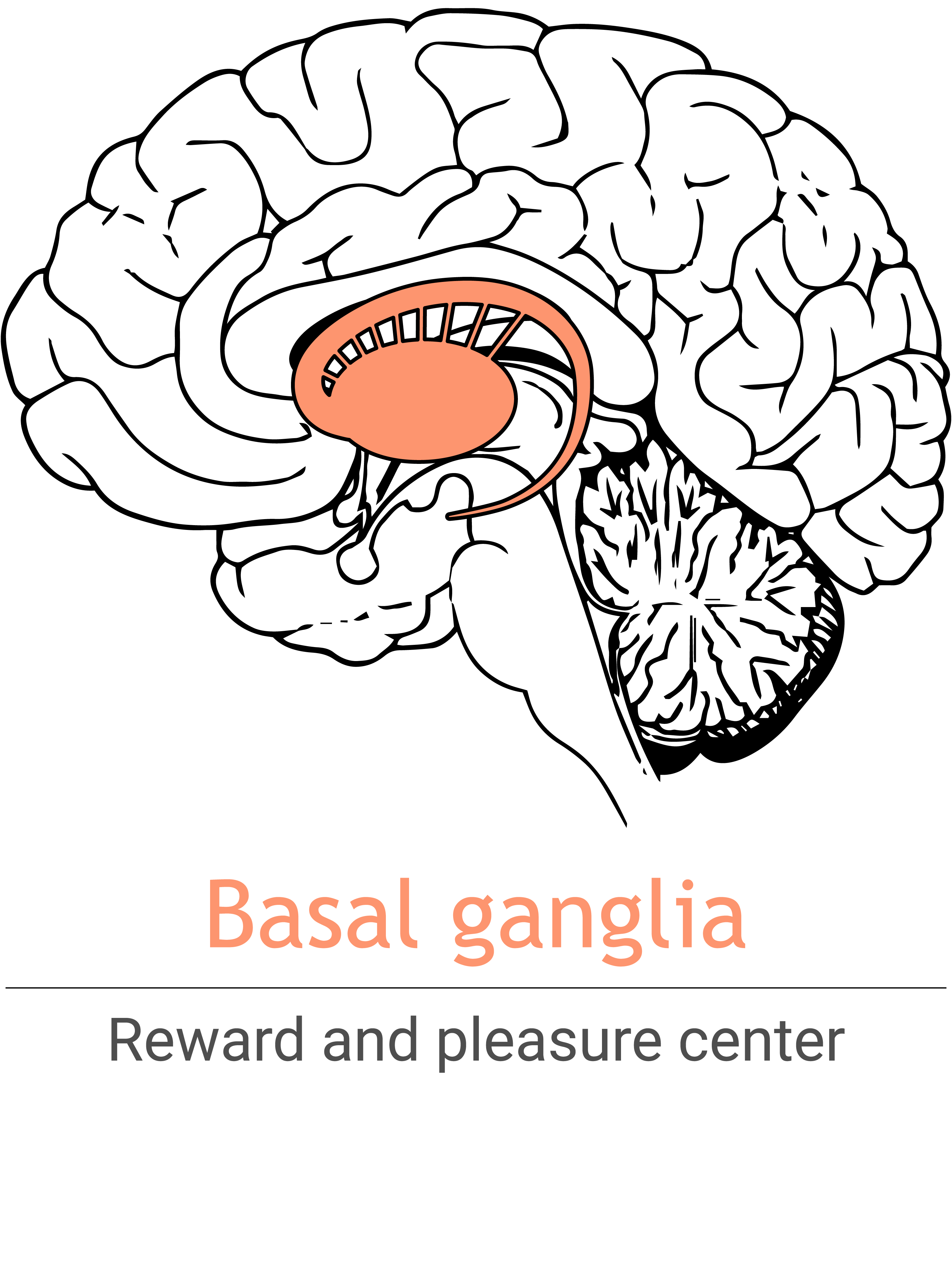
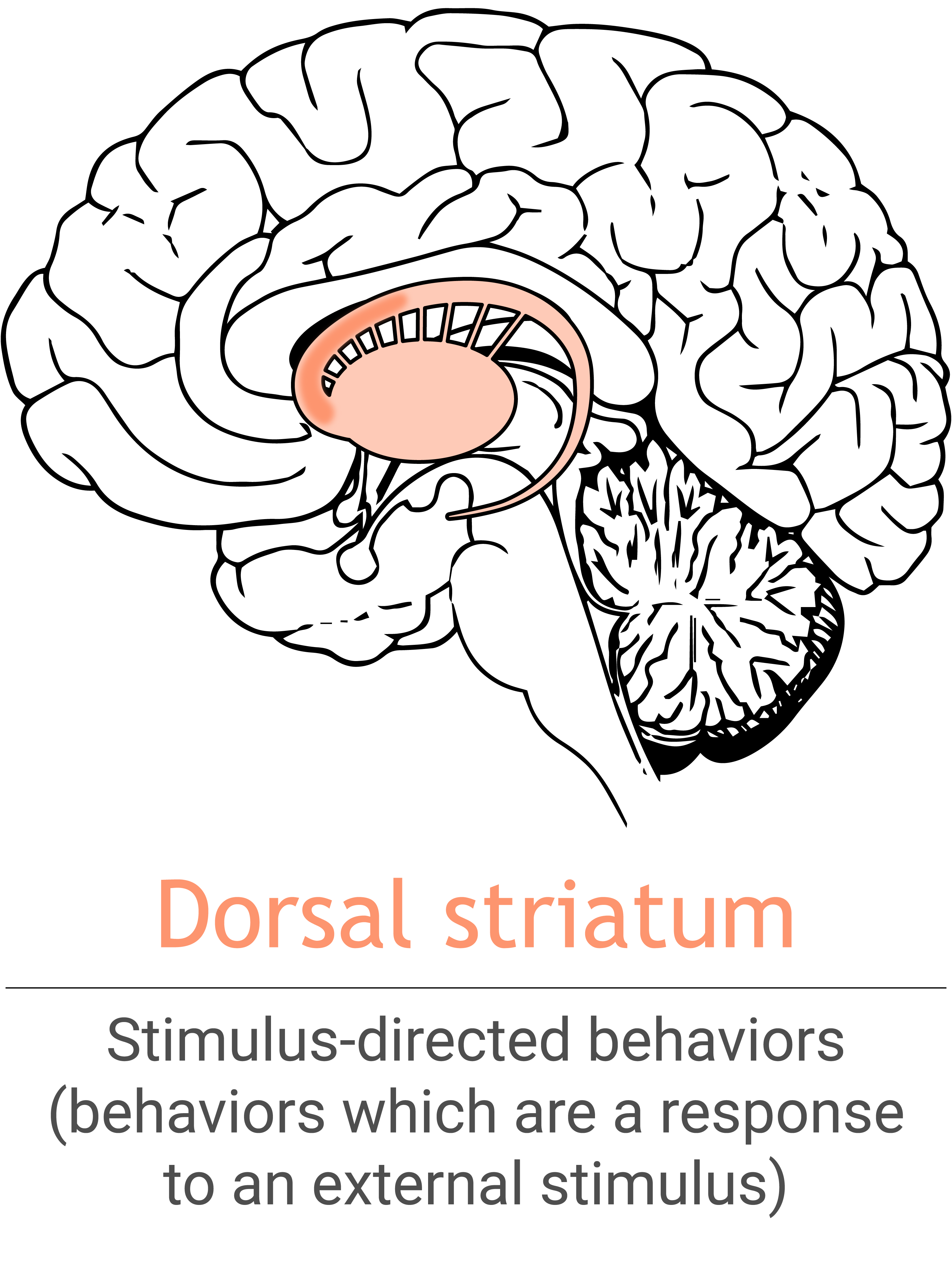
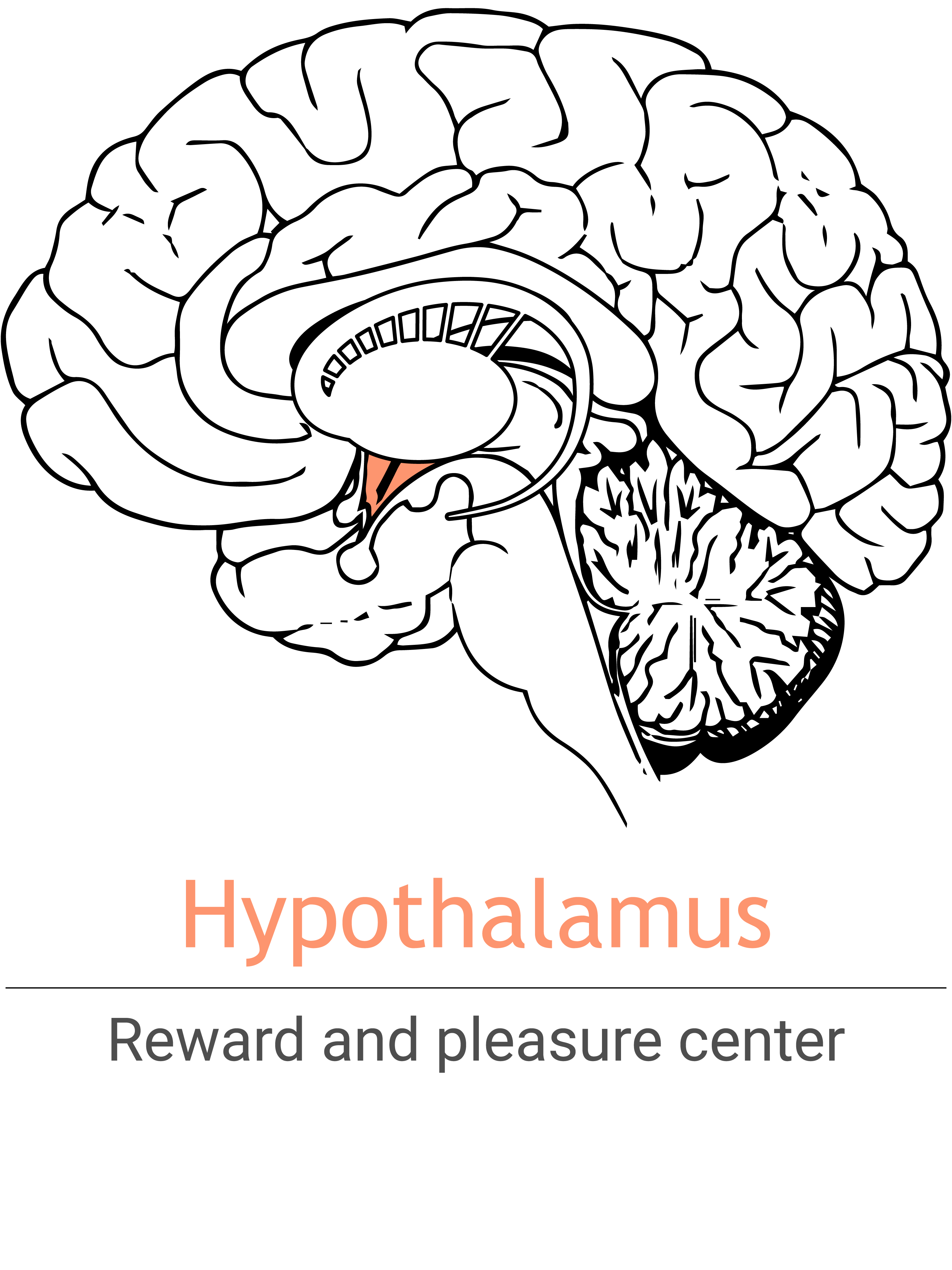
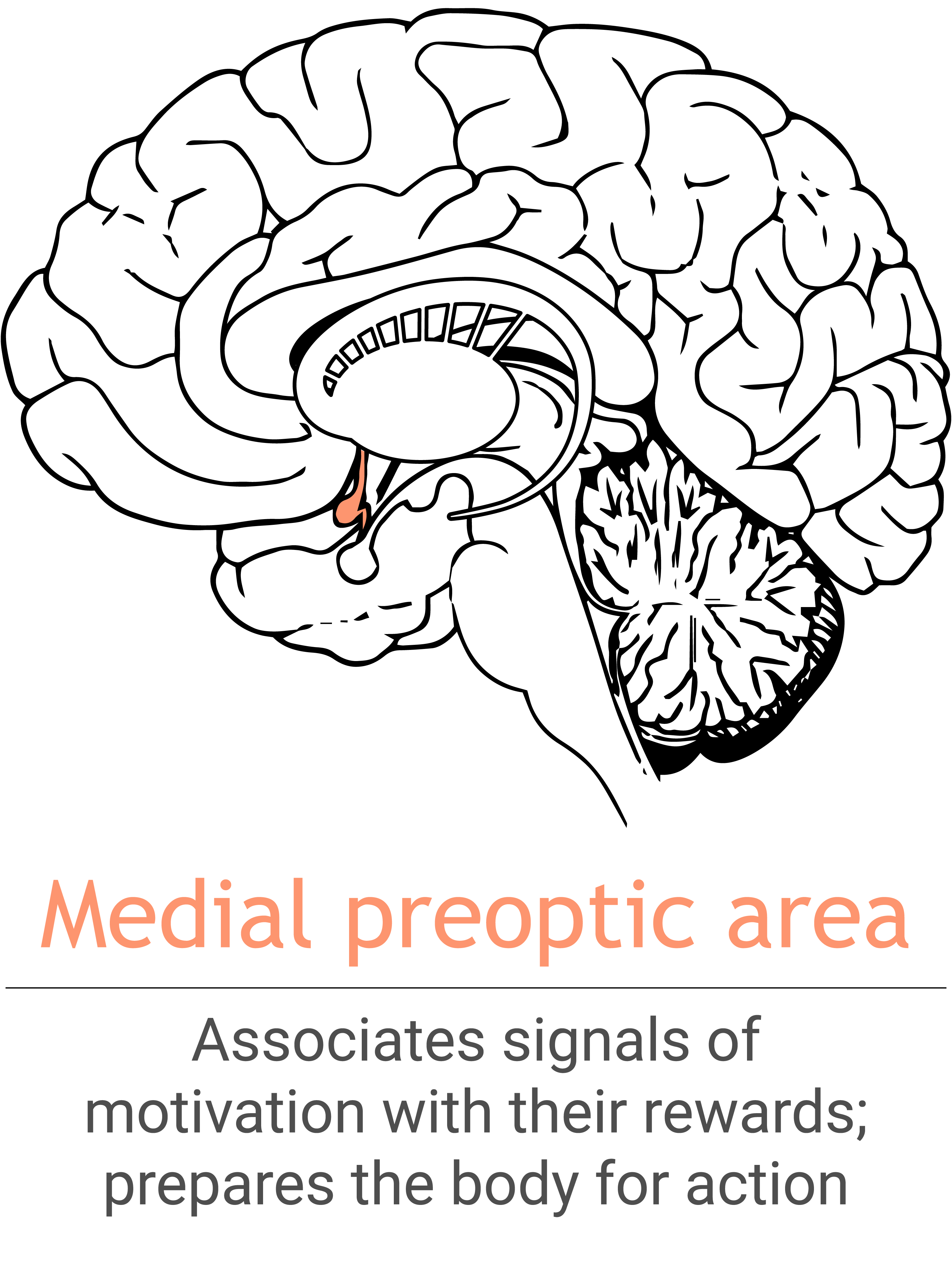
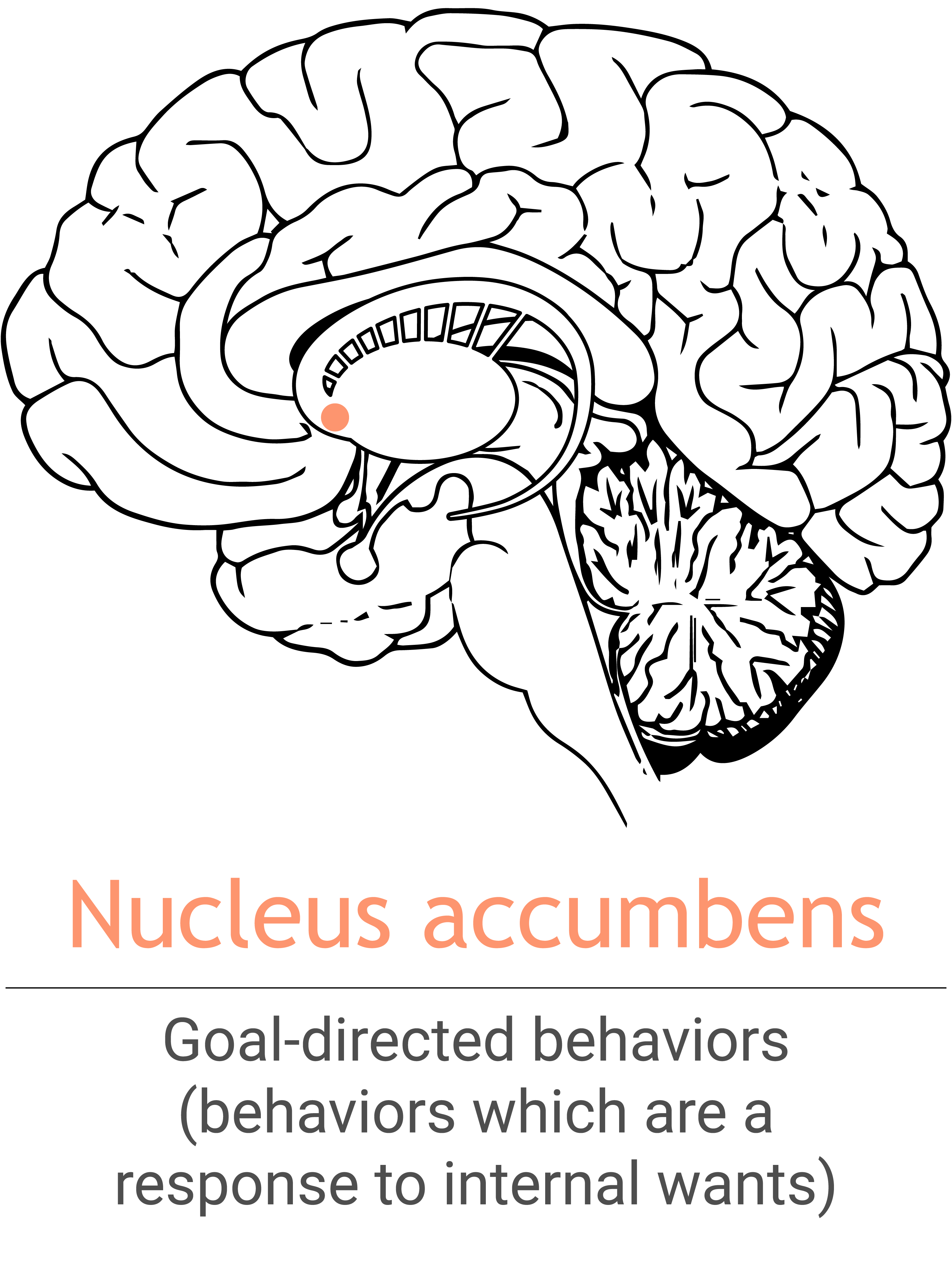
Read the research
A group of Canadian researchers, led by Dr. Lori Brotto of the University of British Columbia, were interested in whether group therapies could benefit women with low sexual desire and/or arousal and distress, and if it could last longer term (6-12 months).
•
February 28, 2023
New studies suggest that healthy female sexual function relies on the interaction of both the body and the brain. Various brain pathways and associated neurochemicals are involved in the rewards associated with sexual activity, as well as the excitement and inhibition of sexual responses.
•
February 28, 2023
New studies suggest that healthy female sexual function relies on the interaction of both the body and the brain. Various brain pathways and associated neurochemicals are involved in the rewards associated with sexual activity, as well as the excitement and inhibition of sexual responses.
•
February 28, 2023
Effective treatments for physical symptoms of sexual dysfunction have been available since the late 1990s for men, but there are limited treatment options for women. This study describes clinical trials conducted to test out two new products for the treatment of sexual dysfunction in women.
•
February 28, 2023
Hormone therapy has been used to treat problems with sexual desire, arousal, orgasm, and painful intercourse. What do women expect to change with hormonal treatment, and what does this say about how they view their sexual challenges?
•
February 28, 2023
In one of the largest studies conducted to date on women’s sexual dysfunction, the PRESIDE study was conducted to get a better understanding of sexual problems reported by women, such as low sexual desire, low arousal, and/or orgasm difficulties.
•
February 28, 2023
